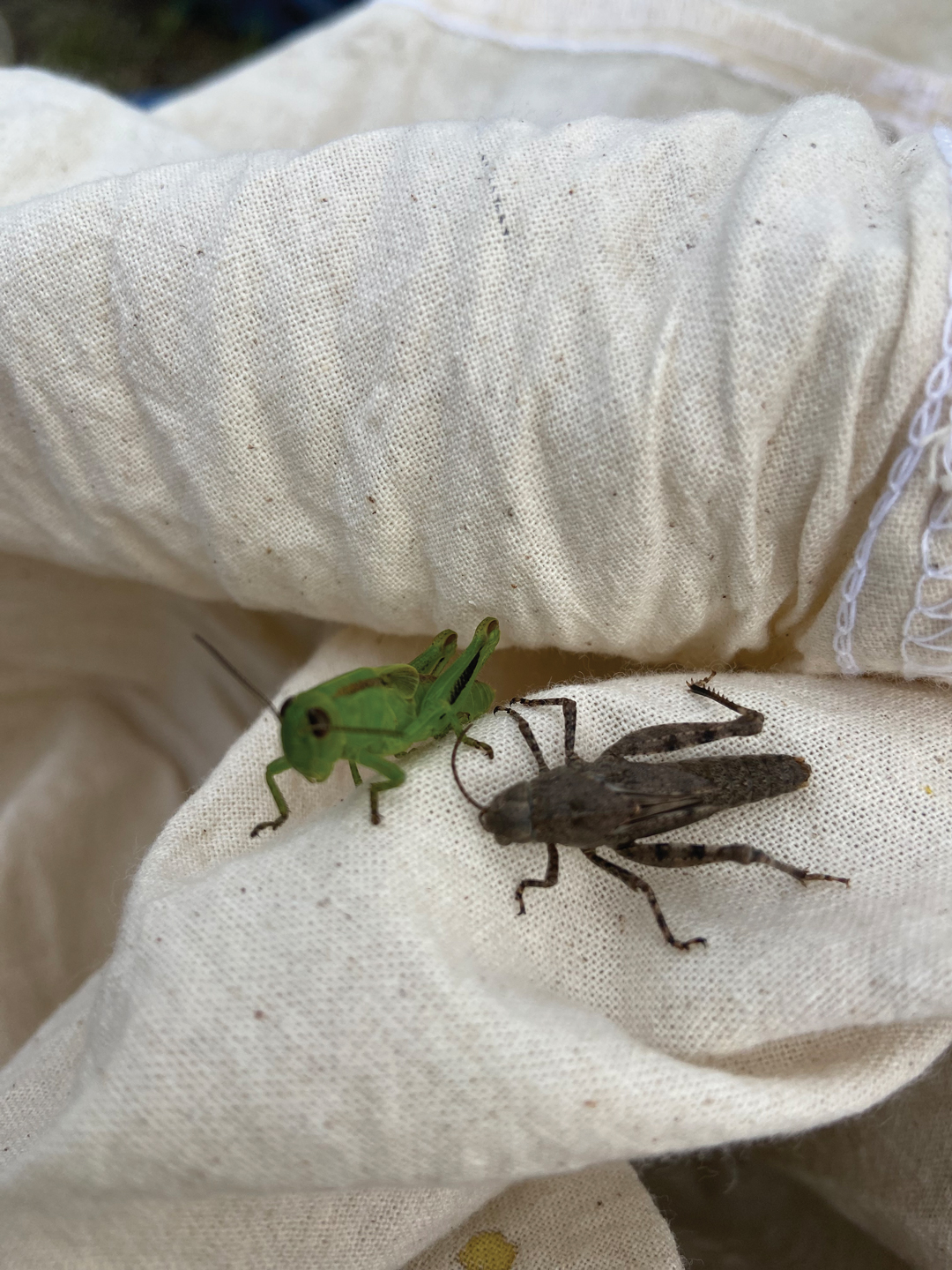WE’RE IN THIS TOGETHER
AGRICULTURAL RESEARCH IS A GLOBAL ENTERPRISE
BY STAN BLADE, P.Ag.
We all know the clichéd phrase about thinking globally and acting locally. In my experience, crop producers in Western Canada are the best example of this idea. You know how to manage the low spot in one field, but you are also aware of the weather in Australia and the political situation in the Middle East because all of these things may affect your bottom line.
Producers are also model innovators. You invest in research through your check-off dollars. You spend the money and time to attend conferences, workshops and field days. Many of you actually become research collaborators by working with the research community to try out new ideas on your farms. You connect with universities, colleges, Agriculture and Agri-Food Canada, provincial governments and more.
As science addresses larger and more complex questions, it is important to have the right talent assembled, which requires larger research and innovation networks. There are a number of groups that have changed the face of agriculture over the last 50 years, and will continue to do so throughout the next 50.
The Consultative Group on International Agricultural Research (CGIAR) started with investments from the Ford and Rockefeller foundations in the 1960s, when major starvation events were a regular occurrence in Asia, Africa and other parts of the world. Major research centres were set up in the developing world to focus on new science that would increase food security in the world’s most vulnerable locations.
The success of my hero, biologist and humanitarian Norman Borlaug, created the world-changing production revolution labelled “the green revolution.” Borlaug worked at the International Maize and Wheat Improvement Center (CIMMYT) based in Mexico, which has the global responsibility for wheat and maize. Many of our Canadian cultivars contain genetics developed at CIMMYT.
Of course, world events can influence CGIAR’s work. While working for CGIAR, I visited the International Center for Agricultural Research in the Dry Areas (ICARDA) many times. ICARDA is based just outside of Aleppo, Syria, and has been overrun by rebel forces during the ongoing Syrian civil war. Despite the challenges it has faced, CGIAR has changed global agriculture. The model was so successful that there are now 16 CGIAR centres across the world addressing topics from forestry and fish to agricultural policy and livestock.
The Food and Agriculture Organization (FAO) is an agency of the United Nations. FAO is the group that declared 2016 the International Year of Pulses. Its influence in agriculture and innovation is focused on the elimination of hunger, malnutrition and food insecurity. FAO makes a difference by: 1) being an advocate for good agricultural policy, 2) creating new models for improving smallholder agriculture, 3) investing in thousands of field projects and 4) supporting countries by monitoring and mitigating threats to agriculture and food. In my experience, the organization does suffer from the usual political issues associated with the UN, but the people who work for FAO on the ground are amazing and committed to improving agriculture in the developing world.
Finally, the Bill & Melinda Gates Foundation has changed the landscape of international agriculture. When Bill Gates said “Melinda and I believe that helping the poorest smallholder farmers grow more crops and get them to market is the world’s single most powerful lever for reducing hunger and poverty” at the 2009 World Food Prize event, it changed the thinking of many of the world’s influencers (I encourage you to read the entire speech, which is available online at gatesfoundation.org—it is amazing in its support of all agriculture). The Foundation’s agricultural development strategy is based on four principles: listening to farmers and addressing their specific needs; increasing farm productivity; fostering sustainable agricultural practices; and achieving greater impact with partners, including governments, NGOs, and companies and individuals in the private sector. The influence that they have brought to agricultural development— which includes more than US$2 billion in funding commitments, primarily in Sub-Saharan Africa and South Asia—is difficult to overestimate.
These are only a few of the many groups that support the innovation that will influence agriculture in the next decade and beyond. We are all doing our best in our own communities, but there are other communities that share our interests and goals too.







Comments